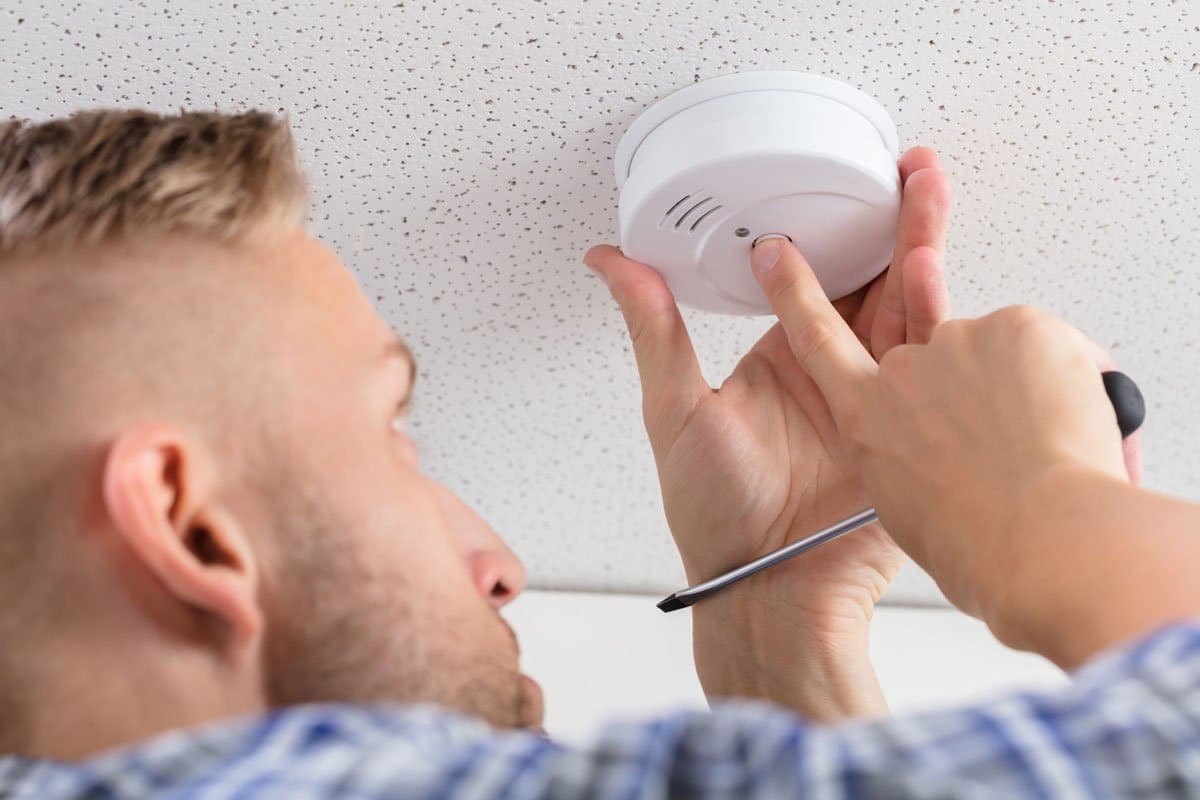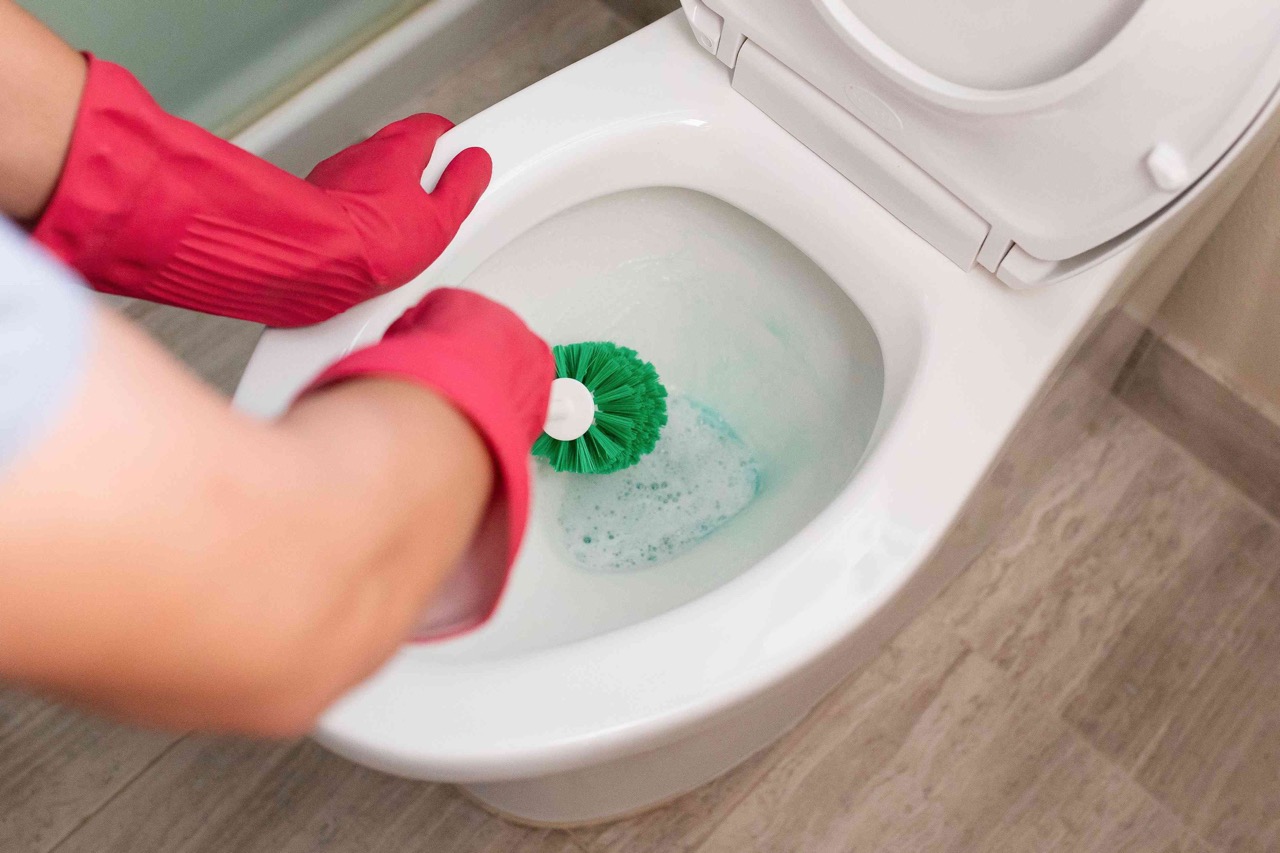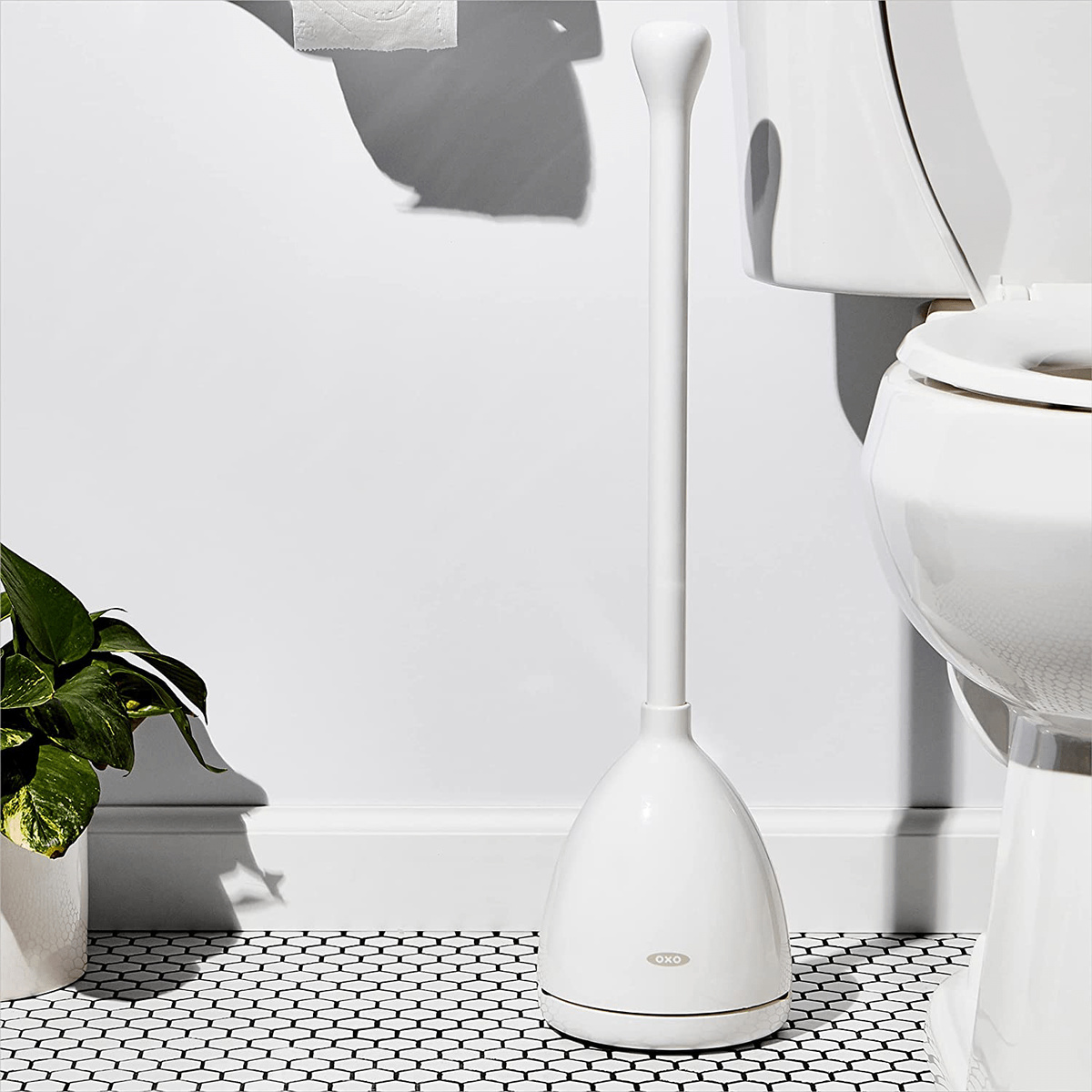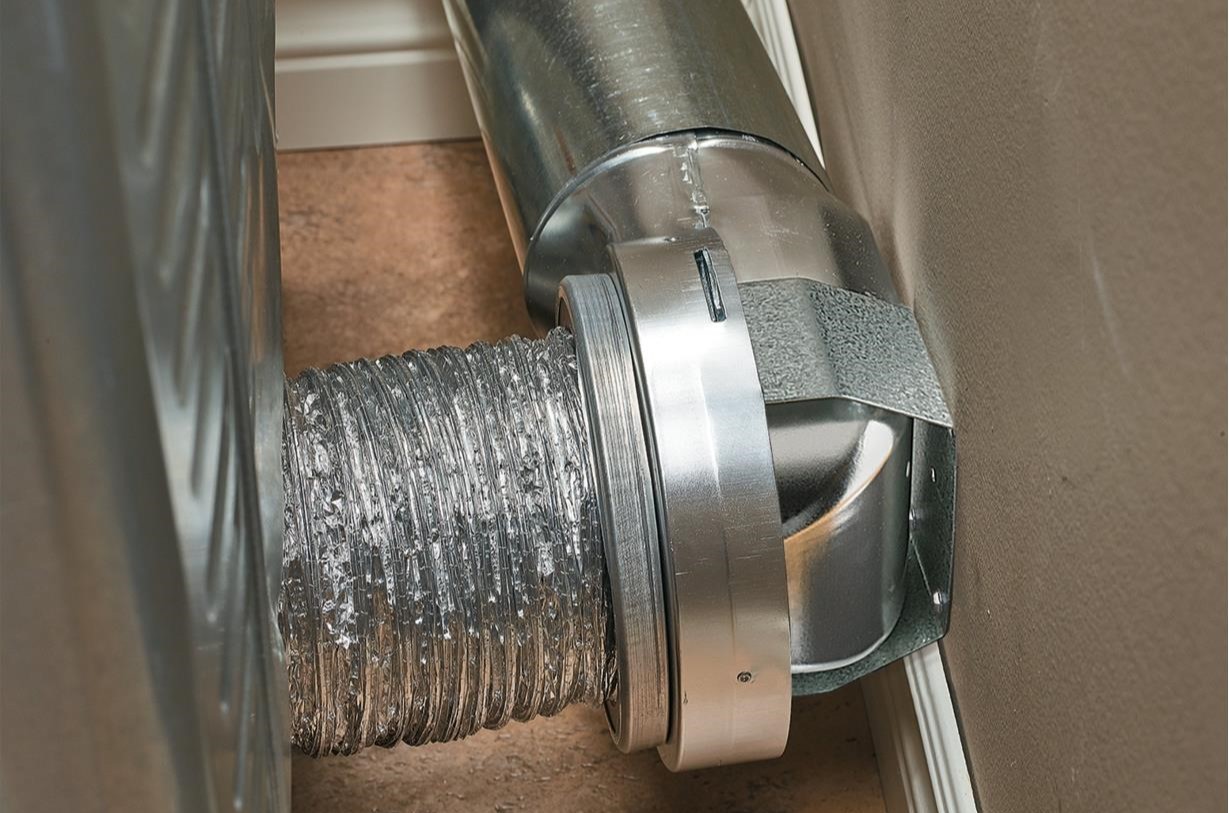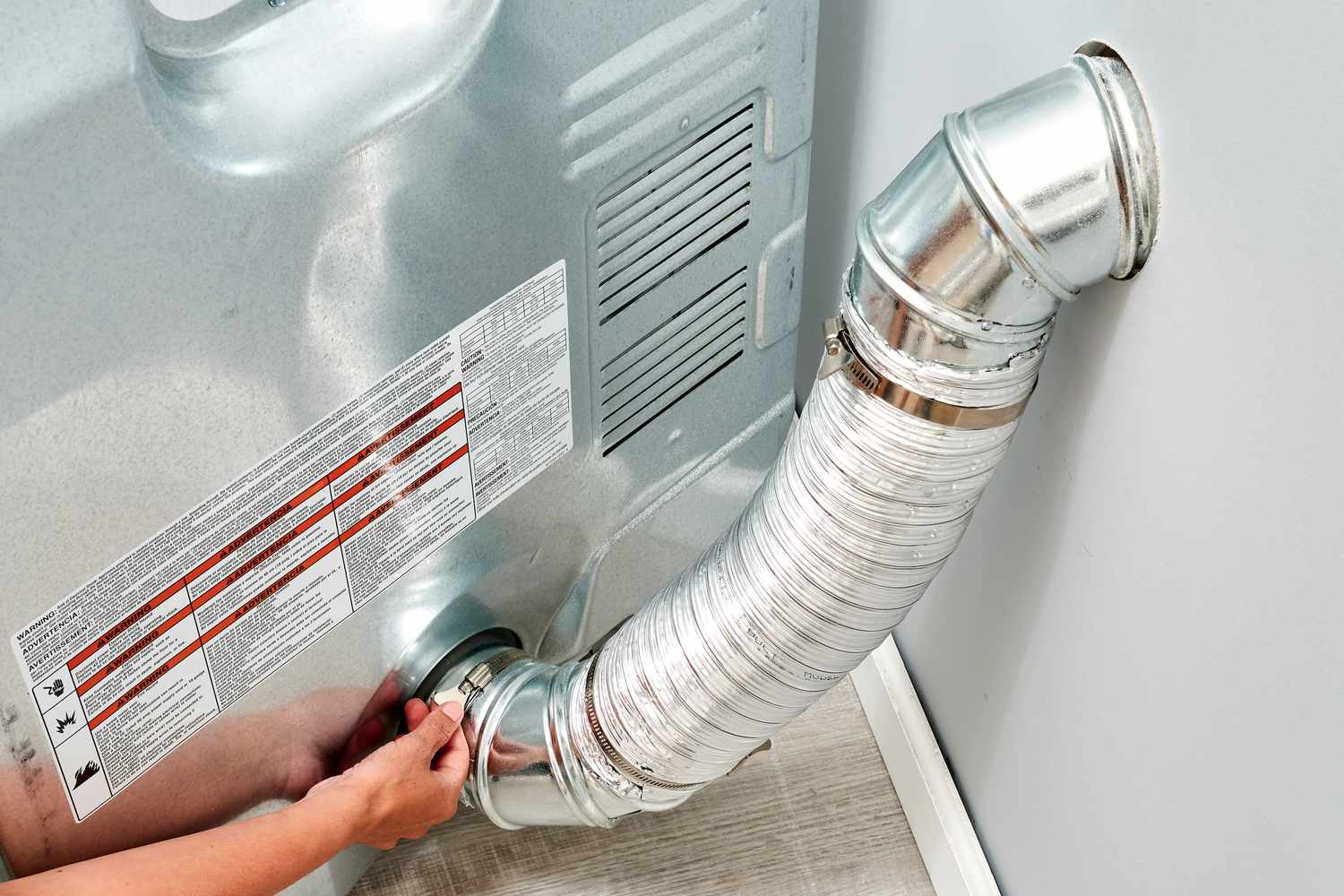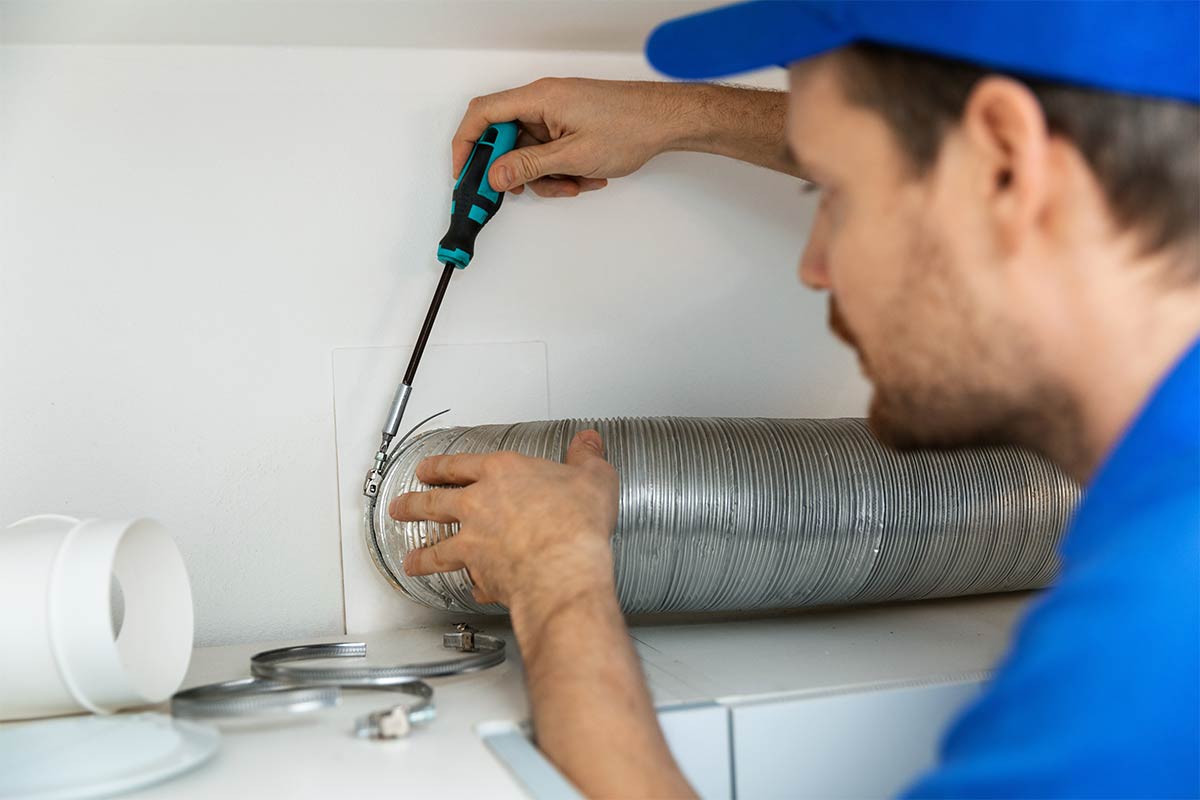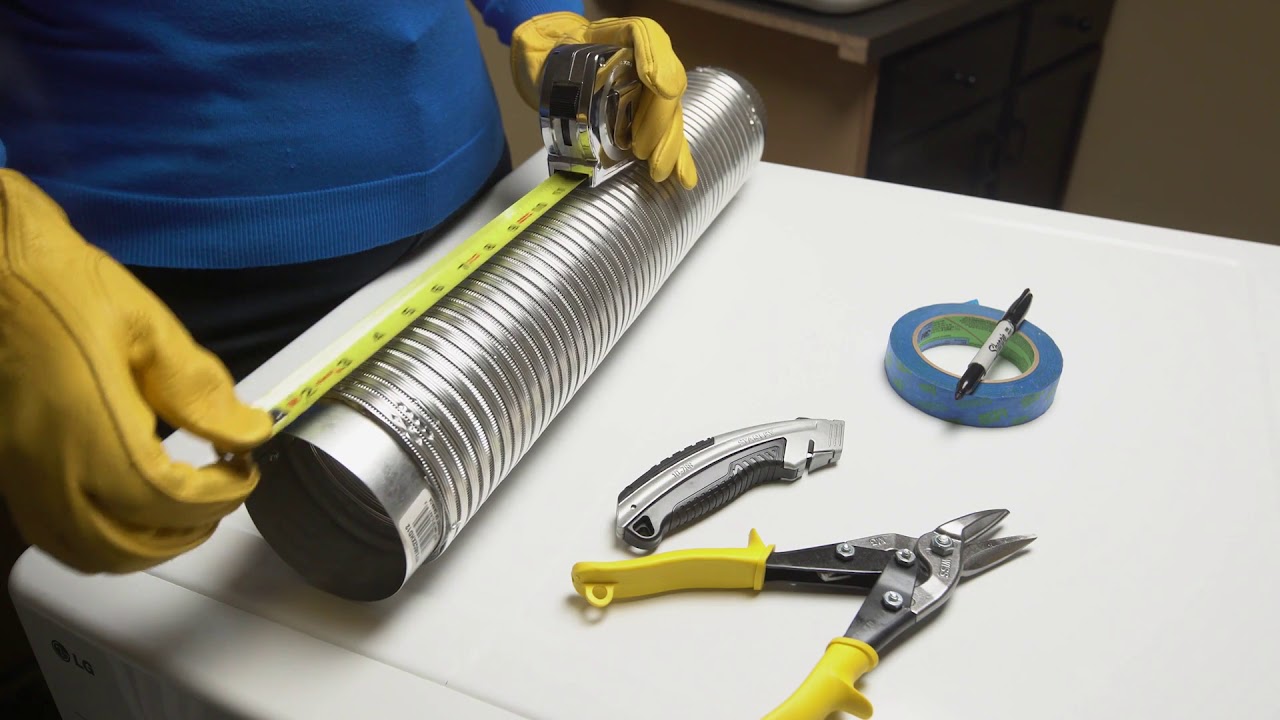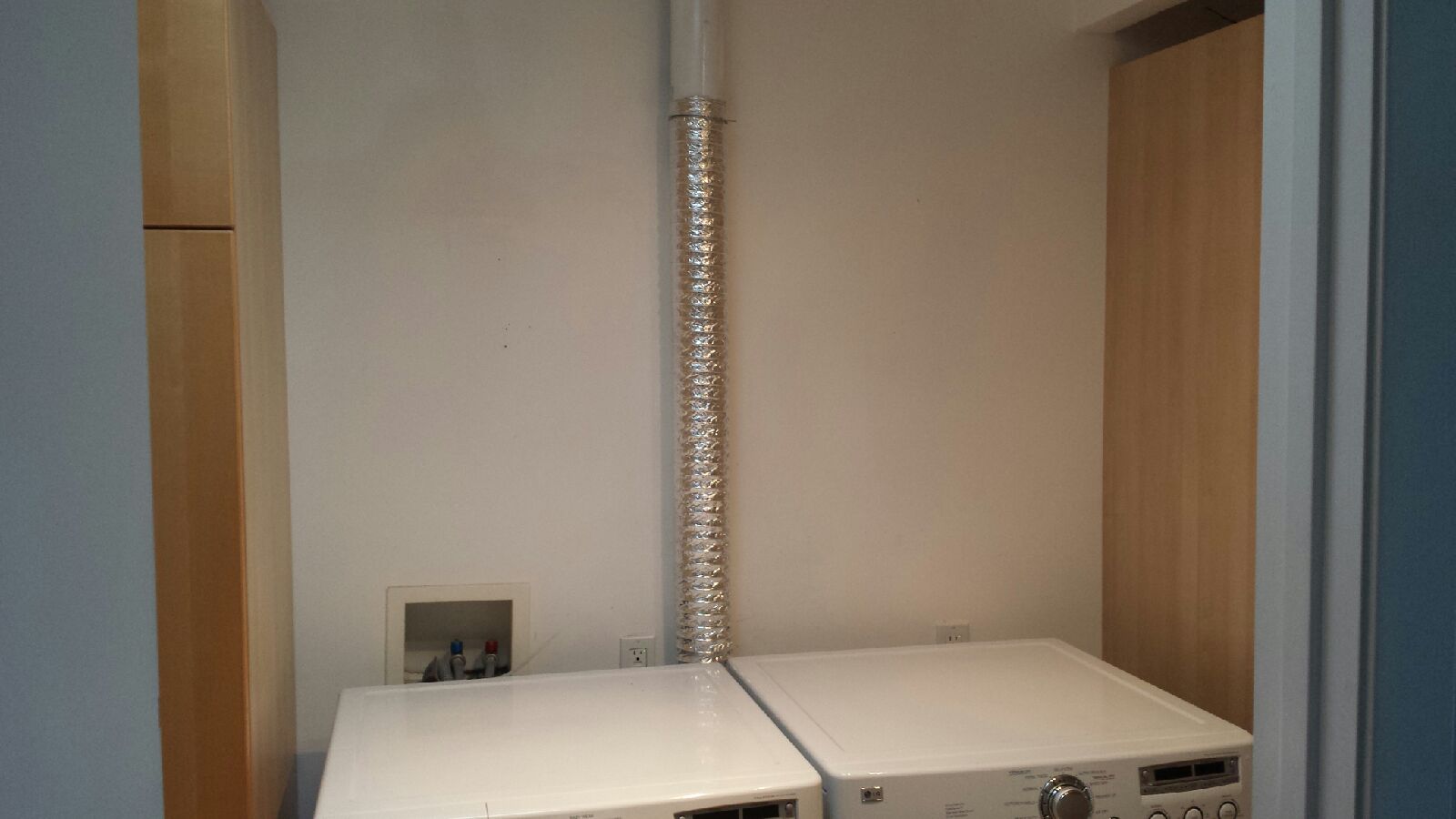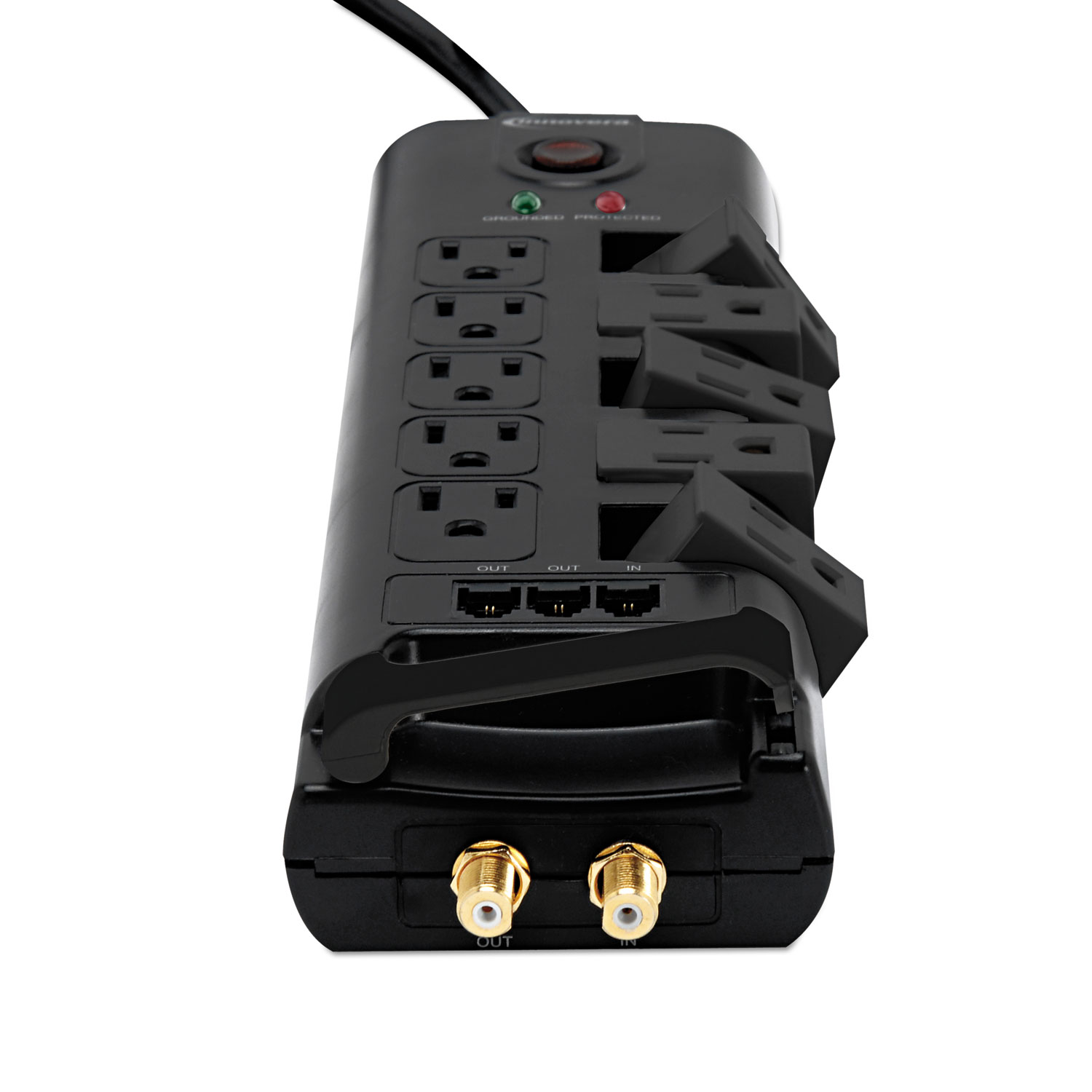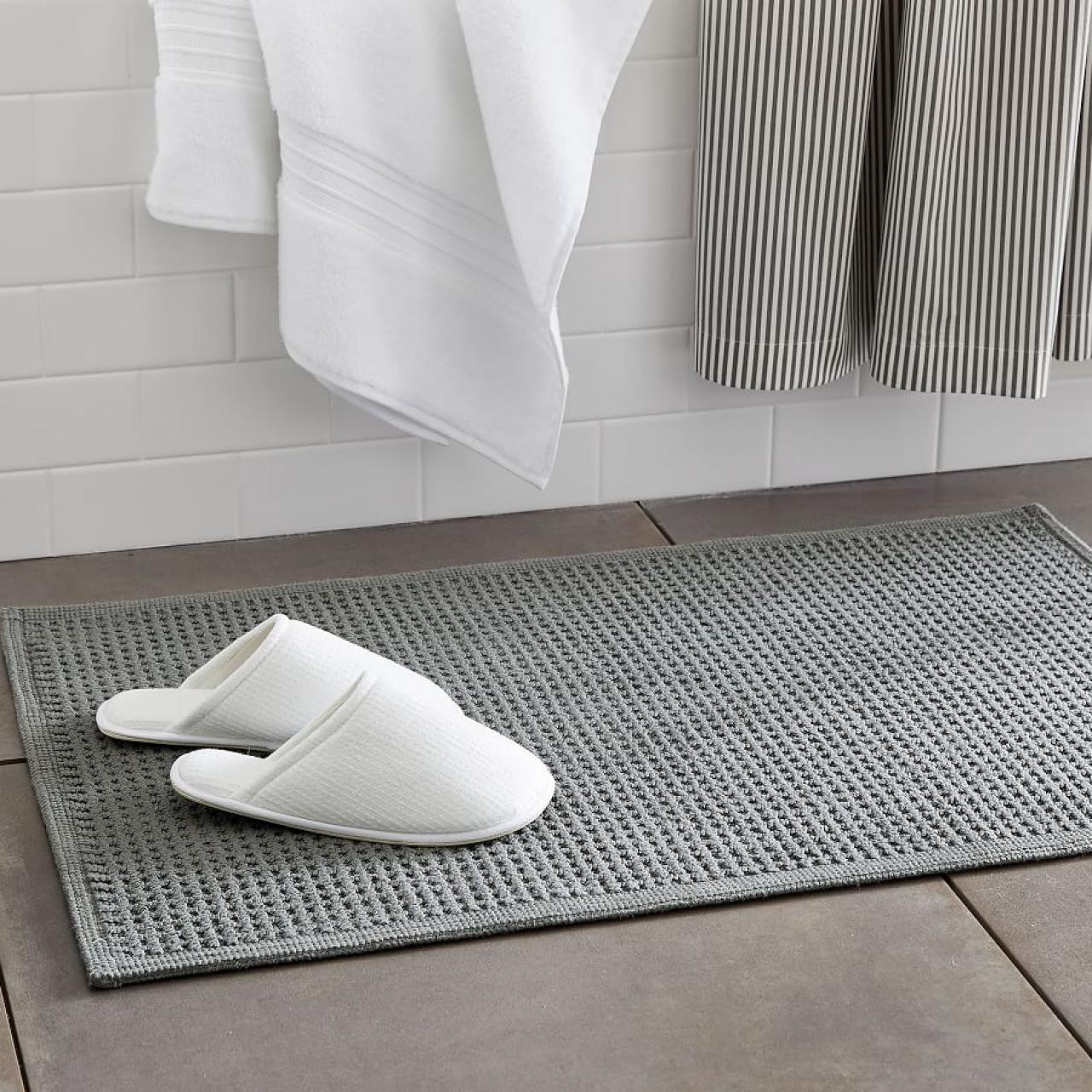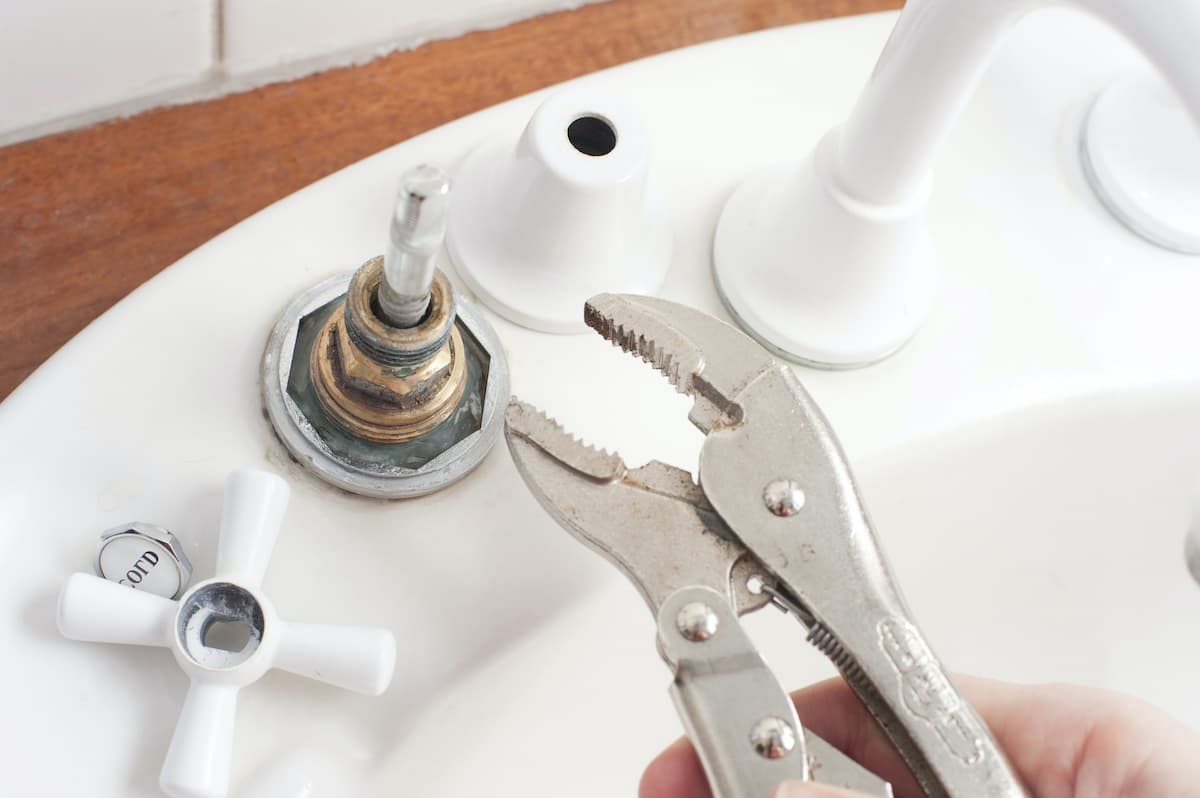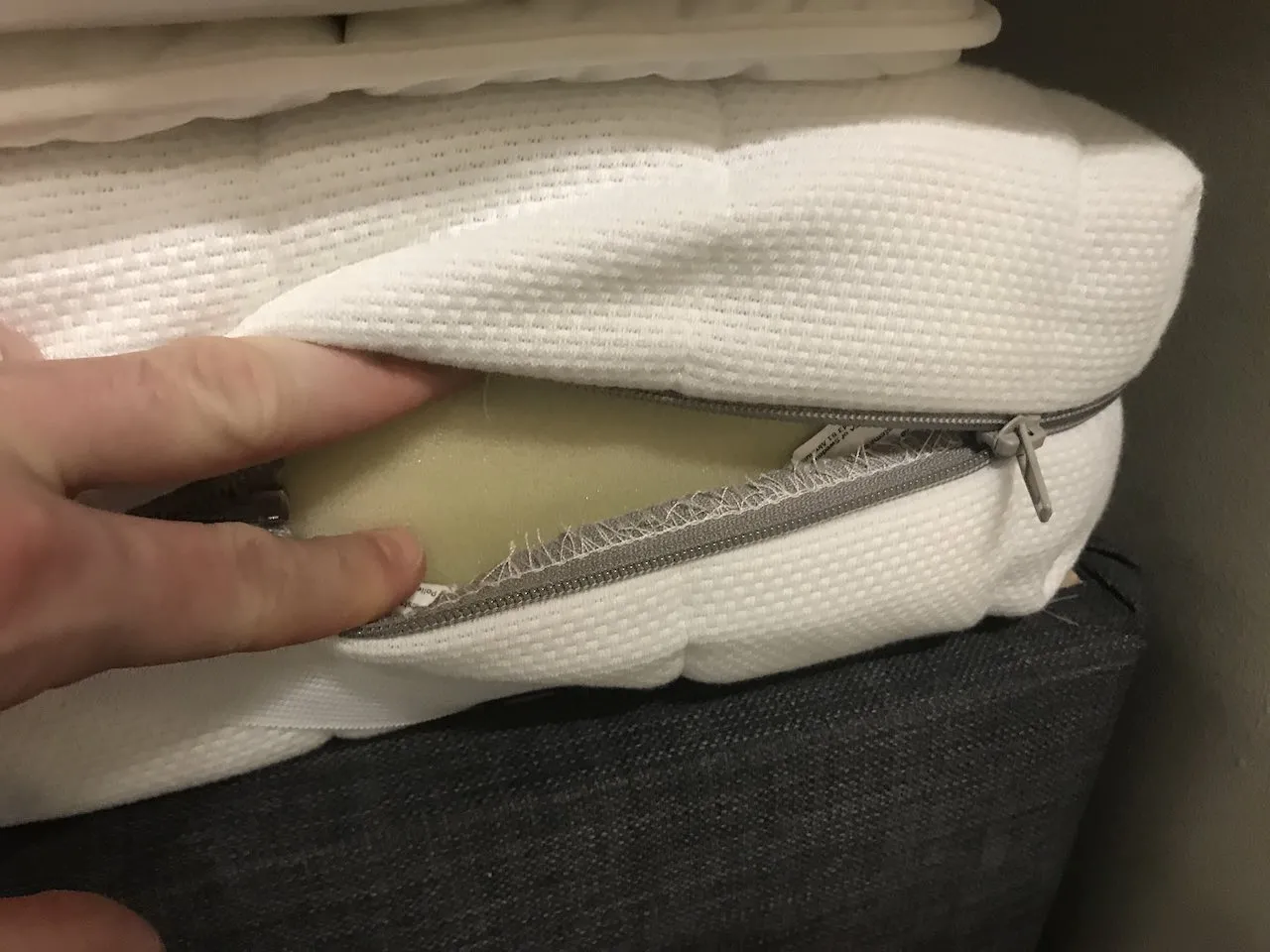Home>Home Maintenance>How Often Should You Replace A Dryer Vent Hose
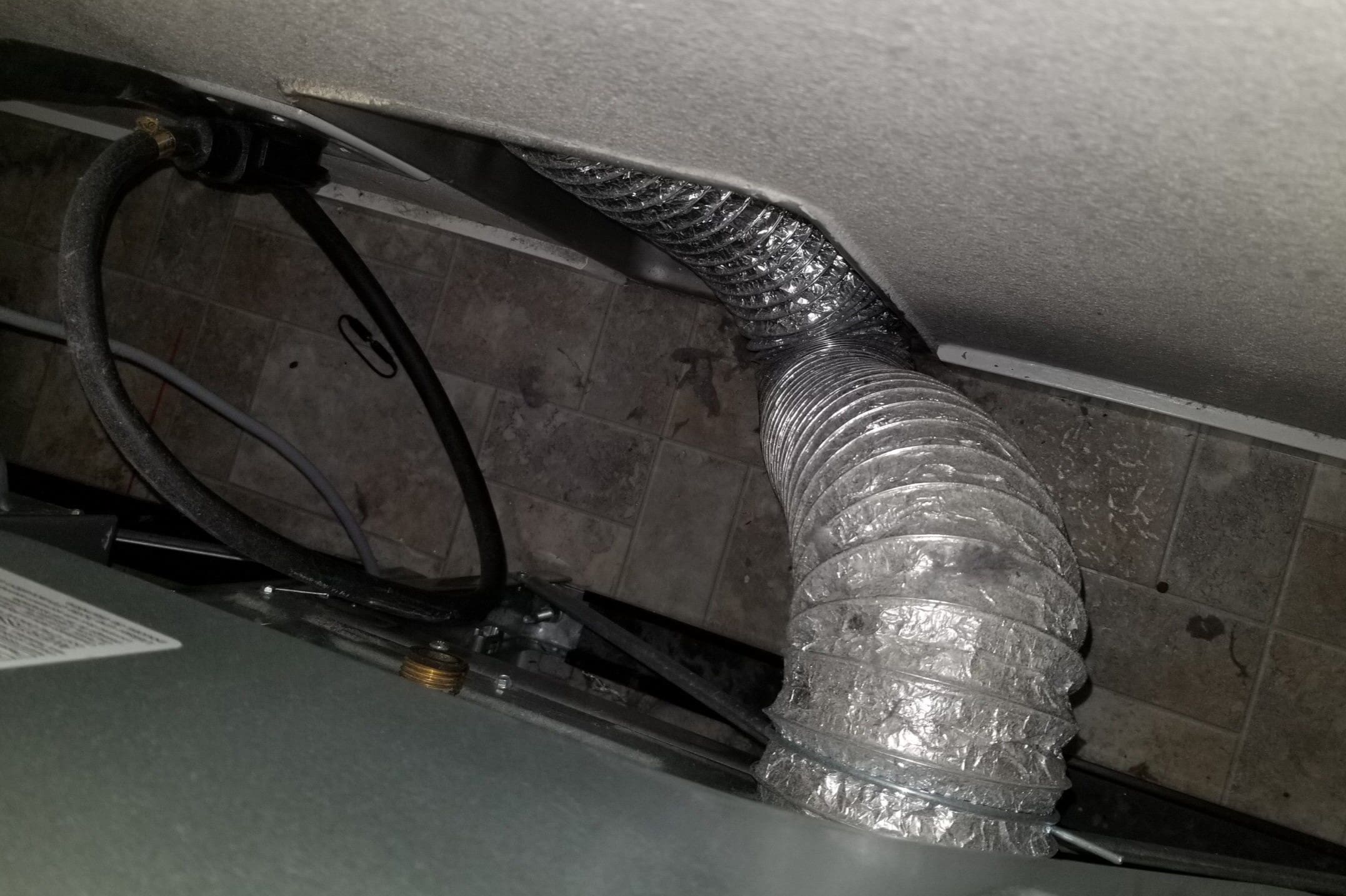

Home Maintenance
How Often Should You Replace A Dryer Vent Hose
Modified: April 24, 2024
Ensure your home's safety with regular dryer vent hose replacements. Learn how often you should replace a dryer vent hose for optimal home maintenance.
(Many of the links in this article redirect to a specific reviewed product. Your purchase of these products through affiliate links helps to generate commission for Storables.com, at no extra cost. Learn more)
Introduction
Welcome to the ultimate guide on how often you should replace a dryer vent hose. While the dryer vent hose may not be the most glamorous component of your home, it plays a crucial role in maintaining a safe and efficient drying process. A properly functioning dryer vent hose not only helps to remove the hot air and moisture from your dryer but also prevents the buildup of lint, reduces the risk of fire, and enhances the overall efficiency of your dryer.
Over time, however, dryer vent hoses can become worn out, damaged, or clogged, which can lead to a range of issues. It is important to understand the signs that indicate your dryer vent hose may need replacement, as well as the factors to consider in determining how often it should be replaced. By taking proactive measures and regularly maintaining and replacing your dryer vent hose, you can ensure the safety, efficiency, and longevity of your dryer.
In this informative guide, we will explore the various aspects of dryer vent hose replacement, from recognizing the signs of an aging or faulty hose to performing the necessary maintenance and replacement steps. Whether you are a homeowner or a DIY enthusiast, this article will provide you with the knowledge and guidance you need to make informed decisions and protect your home.
Key Takeaways:
- Regularly replacing your dryer vent hose is crucial for preventing fire hazards, improving energy efficiency, and extending the lifespan of your dryer.
- Keep your dryer vent hose in top condition by watching for signs of damage, maintaining proper ventilation, and following manufacturer’s guidelines for replacement.
Read more: How Often Should You Clean A Dryer Vent
Importance of a Properly Functioning Dryer Vent Hose
A dryer vent hose may seem like a small and insignificant part of your home’s laundry system, but it plays a crucial role in maintaining the efficiency and safety of your dryer. Here are some key reasons why a properly functioning dryer vent hose is important:
- Preventing Fire Hazards: One of the most significant risks associated with a malfunctioning dryer vent hose is the potential for a fire. When lint and debris accumulate in the vent hose or exhaust duct, they can become highly flammable. As the dryer generates heat, the accumulated lint can ignite, resulting in a dangerous fire hazard. Regularly inspecting and replacing the vent hose reduces the likelihood of lint buildup and minimizes the risk of a dryer fire.
- Improving Energy Efficiency: An aging or damaged dryer vent hose can cause your dryer to work harder and consume more energy. When the vent hose becomes clogged or restricted, the hot air from the dryer cannot properly escape, leading to longer drying times and increased energy consumption. By replacing the vent hose when necessary, you can improve the overall efficiency of your dryer and save on energy costs.
- Preventing Moisture and Mold Issues: The primary function of a dryer vent hose is to remove hot air and moisture from the dryer. If the hose is damaged or improperly installed, it can result in moisture buildup in your home. Excess moisture can lead to mold growth, which can be detrimental to your health and cause damage to your home. By maintaining a properly functioning vent hose, you can prevent moisture-related problems and maintain a healthy living environment.
- Extending the Lifespan of Your Dryer: When your dryer is working harder than it should, due to a clogged or restricted vent hose, it puts unnecessary strain on the appliance. Over time, this can lead to increased wear and tear and potentially shorten the lifespan of your dryer. By ensuring that your vent hose is in good condition and replacing it as needed, you can help extend the life of your dryer and avoid expensive repairs or premature replacement.
- Enhancing Dryer Performance: A properly functioning dryer vent hose allows for optimal airflow, which is essential for efficient drying. It ensures that hot air can be expelled from the dryer easily, allowing clothes to dry faster and with fewer wrinkles. By regularly replacing the vent hose, you can maintain consistent and effective drying performance for your laundry.
As you can see, a properly functioning dryer vent hose is crucial for the safety, energy efficiency, and performance of your dryer. By understanding its importance and taking necessary maintenance measures, you can ensure that your dryer operates at its best, while minimizing the risk of fire hazards and other issues.
Signs that Your Dryer Vent Hose Needs to be Replaced
While it is easy to overlook the condition of your dryer vent hose, it is important to be aware of the signs that indicate it needs replacement. Ignoring these signs can lead to potential safety hazards and decreased dryer performance. Here are some common indicators that your dryer vent hose may need to be replaced:
- Lint Buildup: If you notice a significant amount of lint collecting around the exterior vent opening or on your laundry room floor, it could be a sign of a clogged or damaged vent hose. Lint buildup indicates that the air is not flowing properly through the hose, which can lead to decreased dryer efficiency and pose a fire risk.
- Long Drying Times: If your clothes are taking longer to dry than they used to, it may be a sign that the dryer vent hose is restricted or clogged. A restricted hose prevents the proper flow of hot air from the dryer, which results in extended drying times. If you have ruled out other potential causes of long drying times, such as a full lint trap or improper dryer settings, it may be time to replace the vent hose.
- Burning Smell: If you detect a burning smell when you run your dryer, it could be a sign of lint buildup or a blocked vent hose. The burning smell can indicate that the lint is overheating and potentially catching fire. This is a serious safety concern and should be addressed immediately. Turn off your dryer and inspect the vent hose for any visible signs of damage or blockage.
- Excessive Heat or Moisture: If your laundry room feels excessively hot or humid while your dryer is running, it could be a sign of a faulty vent hose. A properly functioning vent hose should expel the hot air and moisture from the dryer to the outside. If the hose is damaged or clogged, the moisture and heat can accumulate in the room, creating an uncomfortable and potentially hazardous environment.
- Visible Damage: Inspect your dryer vent hose for any visible signs of wear and tear, such as cracks, breaks, or holes. These damages can occur over time due to heat, moisture, or physical stress. If you notice any damage, it is important to replace the vent hose promptly to ensure optimal dryer performance and safety.
If you experience any of these signs, it is highly recommended to replace your dryer vent hose as soon as possible. Regularly checking your vent hose for these indicators and performing routine maintenance can help prevent costly repairs, improve energy efficiency, and ensure the safety and longevity of your dryer.
Common Problems with Dryer Vent Hoses
Dryer vent hoses, like any other component of your home, can experience a range of problems over time. It is important to be aware of these common issues so that you can address them promptly and prevent further damage or hazards. Here are some of the most frequently encountered problems with dryer vent hoses:
- Lint Buildup: The accumulation of lint is one of the most common issues with dryer vent hoses. Lint can easily get trapped in the hose, leading to clogs and airflow restrictions. Excessive lint buildup not only hampers the efficiency of your dryer but also poses a fire hazard.
- Blockages: Aside from lint, other debris, such as dirt, dust, and even small objects, can find their way into the vent hose and cause blockages. These blockages can impede the flow of hot air and moisture, resulting in longer drying times and potential overheating.
- Leaks: Over time, dryer vent hoses can develop leaks or cracks due to wear and tear. These leaks can cause moisture to escape into your home, leading to mold growth and potentially damaging your walls or floors. It is essential to promptly address any leaks in your vent hose to prevent further water damage.
- Damaged or Disconnected Connections: The connections between the dryer, vent hose, and exterior vent opening can become loose, damaged, or disconnected. This can result in air leaks, reduced airflow, and inefficient drying. Properly securing and maintaining these connections is crucial to ensure optimal dryer performance.
- Aging and Deterioration: Dryer vent hoses, especially those made of flexible plastic or foil, can degrade over time due to exposure to heat and moisture. The material may become brittle and prone to cracks or breaks. Aging hoses are more susceptible to lint buildup, blockages, and air leaks.
- Inadequate Ventilation: In some cases, the original installation of the dryer vent hose may not have been properly executed. This can result in improper ventilation, where the hose is too long, too narrow, or has too many bends and twists. Inadequate ventilation can prevent the hot air and moisture from being efficiently expelled, leading to reduced drying performance and potential safety risks.
Identifying and addressing these common problems with your dryer vent hose is crucial for maintaining effective and safe drying operations. Regular inspection, cleaning, and timely replacement of damaged or clogged vent hoses will help to alleviate these issues, prolong the life of your dryer, and ensure optimal performance.
Replace your dryer vent hose every 2-3 years to prevent lint buildup and reduce the risk of fire. Inspect it annually for any damage or blockages.
Factors to Consider When Determining How Often to Replace a Dryer Vent Hose
The frequency at which you should replace your dryer vent hose depends on several factors. While there is no exact timeline for replacement, considering these factors will help you determine when it is time to replace your vent hose:
- Age and Material: The material and age of your dryer vent hose play significant roles in its lifespan. Flexible plastic or foil hoses tend to deteriorate faster than rigid metal hoses. It is generally recommended to replace plastic or foil hoses every 5 to 7 years, while metal hoses can last up to 10 years or more.
- Condition of the Hose: Regularly inspecting the condition of your dryer vent hose is crucial in determining when it needs replacement. Look for signs of wear and tear, such as cracks, breaks, or loose connections. If the hose is damaged or showing signs of deterioration, it is time for a replacement, regardless of its age.
- Drying Frequency and Load Size: If you have a large household with frequent laundry loads, your dryer and vent hose will likely undergo more wear and tear compared to smaller households. Heavy usage can lead to increased lint accumulation and faster deterioration of the vent hose. In such cases, more regular inspections and replacements may be necessary.
- Environmental Factors: The environment in which your dryer is located can also impact the lifespan of your vent hose. High humidity levels, extreme temperatures, and exposure to sunlight can cause the hose material to degrade faster. If your dryer is located in a basement or attic with poor ventilation, it can also contribute to faster deterioration.
- Maintenance Habits: Regular maintenance is essential to prolonging the life of your dryer vent hose. If you consistently clean the lint trap, remove lint from the hose, and perform routine inspections, it can help reduce the accumulation of lint and prolong the lifespan of the hose. By regularly maintaining your vent hose, you may be able to extend its replacement timeline.
It is important to note that these factors are general guidelines, and ultimately, the decision to replace your dryer vent hose should be based on a combination of visual inspection, usage patterns, and the overall condition of the hose. Regularly checking for any signs of damage, blockages, or reduced airflow can help you determine when a replacement is needed to prevent safety hazards and maintain optimal dryer performance.
Maintenance Tips to Prolong the Lifespan of Your Dryer Vent Hose
Taking proper care of your dryer vent hose is essential for ensuring its longevity and maximizing its performance. Here are some maintenance tips that will help prolong the lifespan of your dryer vent hose:
- Regular Cleaning: Clean the lint trap after every load to prevent lint from accumulating in the vent hose. Additionally, vacuum or brush out any lint or debris that may have built up inside the hose. This will ensure proper airflow and reduce the risk of clogs and fire hazards.
- Inspect for Damage: Regularly inspect the vent hose for any visible signs of damage, such as cracks, breaks, or loose connections. If you notice any issues, promptly repair or replace the damaged sections to prevent further deterioration.
- Keep the Area Around the Dryer Clear: Ensure that the space around your dryer is clear of any clutter, especially flammable items. This will help prevent obstructions in the vent hose and reduce the risk of overheating and potential fire hazards.
- Use the Correct Vent Hose: Ensure that you are using the appropriate vent hose for your dryer. Rigid metal or semi-rigid aluminum hoses are highly recommended, as they are more durable and less prone to damage compared to plastic or foil hoses. The correct vent hose will also provide better airflow and minimize lint buildup.
- Maintain Proper Ventilation: Make sure that the vent hose is properly installed and vented to the outside of your home. Ensure that the exterior vent opening is clear of any obstructions, such as lint or debris. This will allow for proper airflow and prevent moisture and lint buildup in the hose.
- Avoid Overloading the Dryer: Avoid overloading your dryer with excessive amounts of laundry. Overloading can put strain on the vent hose and cause it to become kinked or twisted, leading to reduced airflow and potential damage. Follow the manufacturer’s recommendations for load sizes to prevent unnecessary wear and tear on the hose.
- Regular Professional Maintenance: Consider scheduling regular professional maintenance for your dryer and vent system. Professional technicians can inspect and clean the vent hose thoroughly, ensuring optimal performance and identifying any potential issues early on.
By following these maintenance tips, you can prolong the lifespan of your dryer vent hose and minimize the risk of safety hazards. Regular cleaning, inspections, and using the correct hose will contribute to better dryer performance, improved energy efficiency, and peace of mind knowing that your dryer vent system is in good condition.
Steps to Replace a Dryer Vent Hose
If you have determined that your dryer vent hose needs to be replaced, following these step-by-step instructions will help you complete the task safely and effectively:
- Turn off the dryer: Before starting the replacement process, make sure to turn off the power to your dryer. Unplug it from the electrical outlet or shut off the circuit breaker to ensure your safety.
- Access the vent hose: Move your dryer away from the wall to access the vent hose. Be cautious not to damage any connections or the flooring.
- Disconnect the old hose: Loosen the clamps or screws that secure the vent hose to the dryer and the exterior vent opening. Carefully remove the existing vent hose from both ends, taking note of how it was connected.
- Clean the area: While the old vent hose is removed, take the opportunity to clean the lint and debris from both the dryer connection and the vent opening. Use a vacuum or a brush to clear any blockages and ensure proper airflow.
- Measure and cut the new hose: Take accurate measurements of the distance between the dryer and the vent opening. Use these measurements to cut a new vent hose to the appropriate length. Ensure that the new hose is made of the recommended material, such as rigid metal or semi-rigid aluminum.
- Attach the new hose: Starting at the dryer end, slide one end of the new vent hose onto the dryer connection. Secure it in place using the clamps or screws that came with the new hose. Repeat the process at the exterior vent opening, ensuring a secure connection.
- Tighten the clamps: Once both ends of the new hose are attached, tighten the clamps or screws to ensure a tight and secure fit. This will prevent any air leaks or disconnections during dryer operation.
- Move the dryer back into place: Carefully push the dryer back into its original position, being mindful not to crush or kink the vent hose. Make sure there is sufficient space behind the dryer for proper ventilation.
- Test the dryer: Plug the dryer back in or restore power to it through the circuit breaker. Turn on the dryer and allow it to run to ensure that the new vent hose is properly connected and functioning.
- Regularly inspect and maintain: After replacing the vent hose, make it a habit to regularly inspect and clean the hose, as well as the lint trap and exterior vent opening. This will help prevent any future issues and ensure the efficient operation of your dryer.
It is important to note that these steps provide a general guideline, and it is always recommended to refer to the manufacturer’s instructions for your specific dryer model. If you are unsure or uncomfortable performing the replacement yourself, it is best to consult a professional to ensure the task is done correctly and safely.
Conclusion
A properly functioning dryer vent hose is essential for the safe and efficient operation of your dryer. Regularly inspecting, maintaining, and replacing the vent hose when necessary not only ensures optimal performance but also reduces the risk of fire hazards, improves energy efficiency, and prolongs the lifespan of your dryer.
In this comprehensive guide, we have explored the importance of a properly functioning dryer vent hose and discussed the various signs that indicate a replacement is needed. We have also highlighted common problems that can arise with vent hoses and the factors to consider in determining how often to replace them.
Additionally, we provided maintenance tips to help prolong the lifespan of your dryer vent hose, such as regular cleaning, inspections for damage, and maintaining proper ventilation. By following these maintenance practices, you can ensure that your vent hose remains in good condition and performs efficiently for years to come.
If your dryer vent hose requires replacement, we outlined the step-by-step process to guide you through it. However, if you are unsure or uncomfortable doing it yourself, it is always advisable to seek the assistance of a professional who can ensure proper installation and compliance with safety measures.
Remember, the safety of your home and the efficiency of your dryer rely on a well-maintained and functional vent hose. By staying vigilant, performing regular maintenance, and replacing the vent hose as needed, you can enjoy the benefits of a safe and energy-efficient drying process.
Frequently Asked Questions about How Often Should You Replace A Dryer Vent Hose
Was this page helpful?
At Storables.com, we guarantee accurate and reliable information. Our content, validated by Expert Board Contributors, is crafted following stringent Editorial Policies. We're committed to providing you with well-researched, expert-backed insights for all your informational needs.

